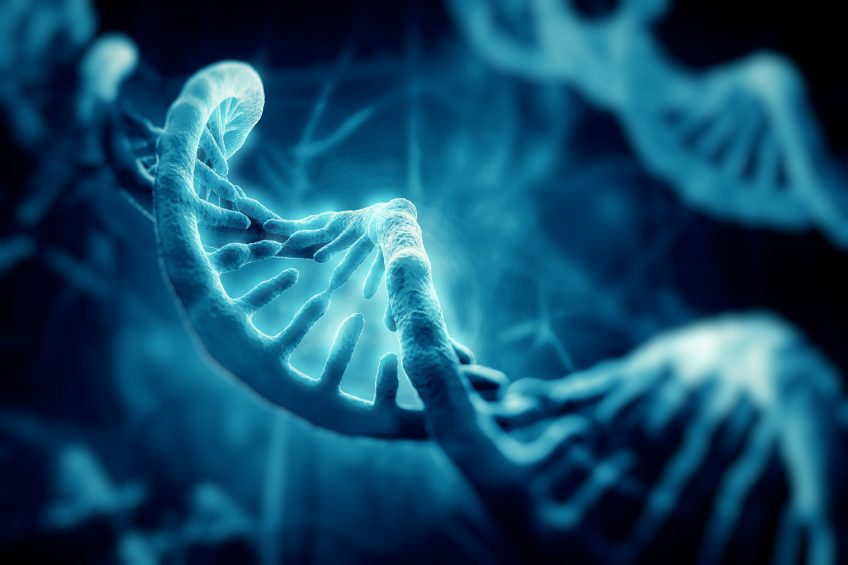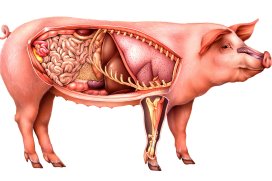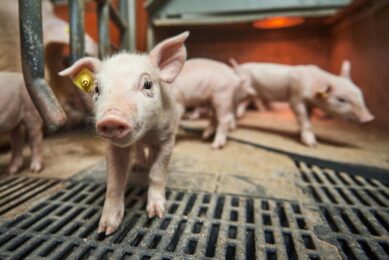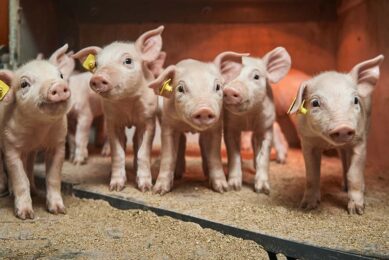Scientists find genes responsible for mummified piglets

Several regions on the pig genome have been identified to be associated with early lethality, responsible for a significant fraction of the stillborn piglets (also known as mummies).
Researchers from Animal Breeding and Genomics from Wageningen University & Research (WUR) and animal breeding organisation Topigs Norsvin reported about their finding in the peer-reviewed journal BMC Genomics.
The results from this study will help to lower the amount of stillborn piglets by avoiding matings producing affected or non-viable progeny, demonstrating its value for current breeding programmes and animal welfare.

Interesting to read more about pig health? Find it in our Pig Progress Health Tool
Early death of developing piglet embryo
Lethal genetic variation is present in every population. However, identification of such variation is often difficult because of the low-frequency nature and because the presence of embryonic lethal variation could only be measured indirectly through reduced fertility of the parent animals. In theory, when a monogenic recessive lethal variant leads to very early death of the developing embryo, a loss of 25% of each litter is expected if two carriers of a lethal variant mate.
In this study, the researchers aimed to identify regions on the pig genome associated with both early and late termination of development during gestation in pigs. To do this, they applied a method that systematically scans the genome for regions that harbour lethal variation supported by reduced fertility for carrier animals.
Piglets dying mid-gestation
In total, 3 purebred pig breeds were examined and candidate lethal variation was found in each of the breeds. For 1 specific variant, the researchers found strong evidence from carrier matings that homozygous foetuses become mummified, as they die mid-gestation.
In mammals, death of an embryo or foetus usually does not result in spontaneous termination of the pregnancy, when also carrying living young. Instead, foetuses go through a process of desiccation and encapsulation, known as mummification.
Severe effects on pig fertility
The results from this study confirm the existence, relative rarity, and severe effects on fertility of lethal genetic variation in highly managed livestock populations. However, all of the deleterious variation identified is breed specific, and therefore do not have phenotypic consequences in the crossbred production animals.
Finally, this study will help to avoid risk-matings producing non-viable progeny, demonstrating its value in current pig breeding programmes.
The published paper was authored by Martijn F.L. Derks, Hendrik-Jan Megens, Mirte Bosse and Martien A.M. Groenen, Wageningen UR, the Netherlands; Marcos S. Lopes and Barbara Harlizius, Topigs Norsvin, the Netherlands.
Join 18,000+ subscribers
Subscribe to our newsletter to stay updated about all the need-to-know content in the pigsector, three times a week. Beheer
Beheer









 WP Admin
WP Admin  Bewerk bericht
Bewerk bericht